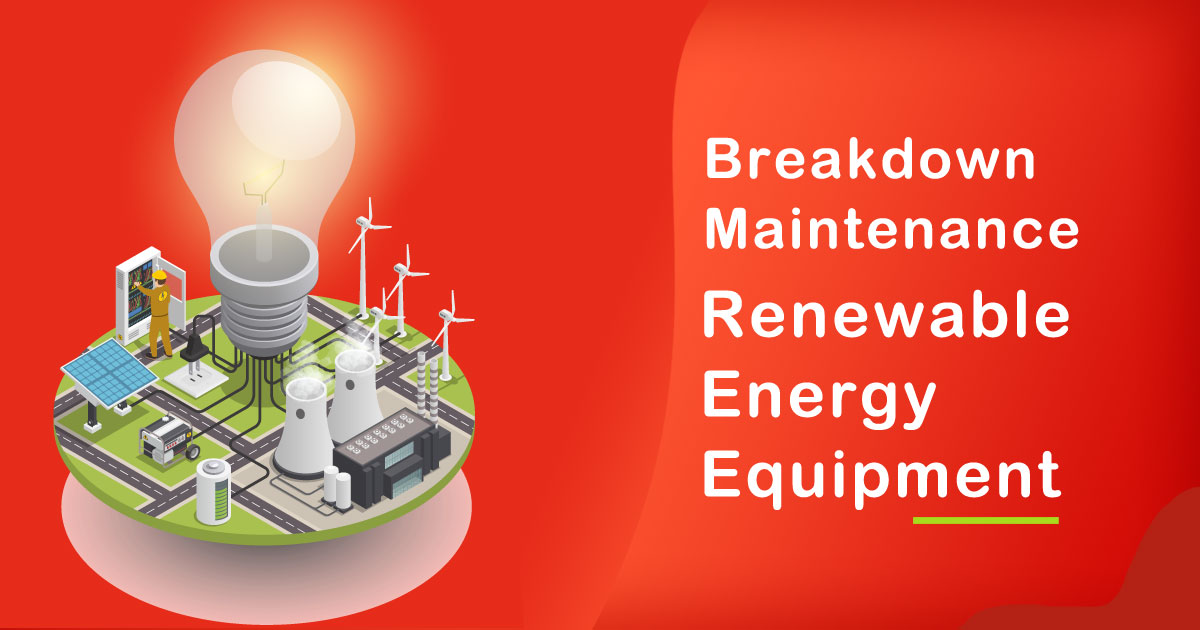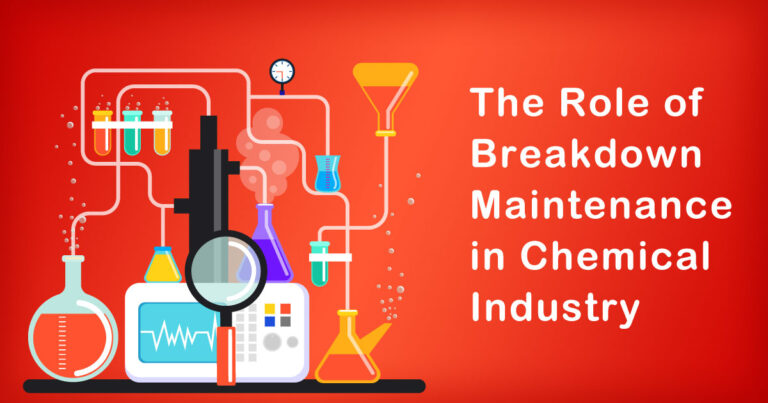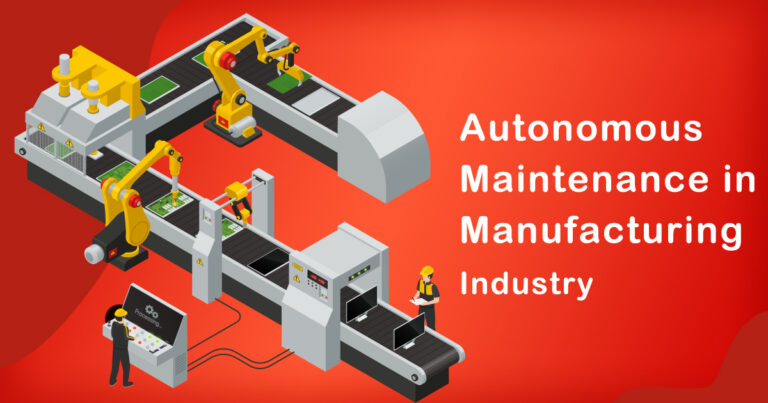Introduction
India’s renewable energy sector has witnessed remarkable growth in recent years, emerging as a global leader in the deployment of clean energy solutions. As the country accelerates its transition towards a greener future, maintaining the reliability and performance of renewable energy equipment becomes paramount. Breakdown maintenance, a crucial aspect of the industry, plays a pivotal role in ensuring uninterrupted power generation and reducing downtime. In this editorial, we delve into the significance of breakdown maintenance in India’s renewable energy equipment industry, exploring key challenges, research, and real-world examples.
The Rising Prominence of Renewable Energy in India
India’s rapid economic growth, coupled with concerns about climate change and environmental sustainability, has compelled the nation to embrace renewable energy on a large scale. As a result, solar, wind, biomass, and hydropower installations have witnessed exponential growth. According to a report by the International Energy Agency (IEA), India ranked fourth in the world for renewable energy capacity in 2022, highlighting the sector’s significance in the country’s energy landscape.
The Impact of Breakdown Maintenance on Renewable Energy
Breakdown maintenance, also known as reactive or corrective maintenance, refers to the process of restoring equipment to operational condition after a failure has occurred. While preventive and predictive maintenance strategies are widely adopted, breakdown maintenance remains a critical component in the renewable energy equipment industry.
Minimizing Downtime:
In the fast-paced energy sector, even a brief interruption in power generation can lead to substantial financial losses. Breakdown maintenance acts as the last line of defense against extended downtimes, ensuring that repairs are executed promptly to restore operations swiftly.
Extending Equipment Lifespan:
Effective breakdown maintenance, when coupled with regular inspections and scheduled maintenance, can significantly extend the lifespan of renewable energy equipment. Addressing issues promptly prevents small problems from escalating into major failures, ultimately reducing overall replacement costs.
Cost-Effectiveness:
While breakdown maintenance may seem reactive, when employed judiciously, it can be a cost-effective approach. Implementing a combination of preventive, predictive, and breakdown maintenance strategies helps strike the right balance between reducing maintenance expenses and ensuring reliable operations.
Breakdown Maintenance in the Indian Context
Several factors influence the adoption and effectiveness of breakdown maintenance in India’s renewable energy industry:
Technological Advancements:
The Indian renewable energy sector has benefited from ongoing technological advancements, which have improved the efficiency and reliability of equipment. Modern sensors, data analytics, and remote monitoring capabilities allow for more accurate fault detection, enabling quicker responses to breakdown incidents.
Skilled Workforce:
India boasts a large pool of skilled technicians and engineers with expertise in renewable energy systems. These professionals play a vital role in carrying out breakdown maintenance effectively, contributing to the industry’s growth and success.
Challenges in Remote Locations:
India’s renewable energy installations are often located in remote and challenging terrains. Ensuring timely access to these sites for maintenance teams poses logistical challenges that must be addressed to minimize downtime.
Regulatory Support:
The Indian government’s commitment to renewable energy is evident in its supportive policies and incentives. However, further emphasis on promoting best practices in maintenance and establishing industry standards can enhance the effectiveness of breakdown maintenance.
Research and Real-World Examples
Researchers at India’s premier energy institutes have conducted studies highlighting the importance of breakdown maintenance. One such study by the National Institute of Wind Energy (NIWE) demonstrated that prompt resolution of breakdown incidents led to a 20% reduction in downtime and a 12% increase in energy generation capacity.
Moreover, real-world examples further underscore the significance of breakdown maintenance. A solar power plant in Rajasthan experienced a critical inverter failure, leading to a complete shutdown. Swift action by maintenance personnel, aided by real-time monitoring, resulted in a record recovery time of just six hours, averting significant revenue losses.
Conclusion
As India forges ahead in its journey towards a sustainable energy future, the role of breakdown maintenance in the renewable energy equipment industry cannot be understated. Ensuring the timely resolution of failures is crucial to minimizing downtime, extending equipment lifespan, and optimizing cost-effectiveness. With a skilled workforce, technological advancements, and regulatory support, India is well-positioned to leverage breakdown maintenance to its advantage, bolstering the growth and reliability of its thriving renewable energy sector.








